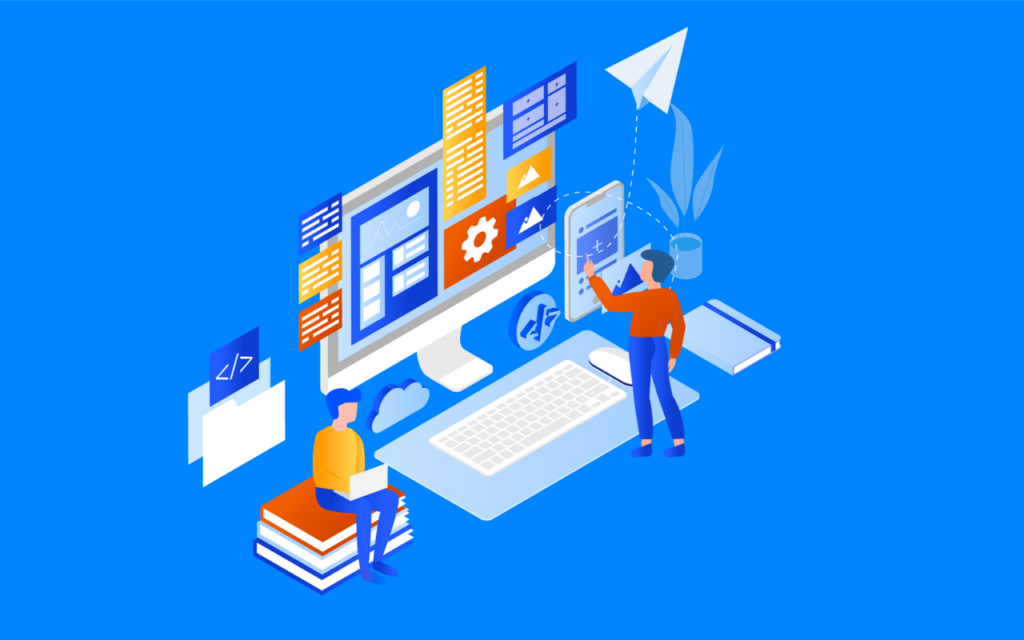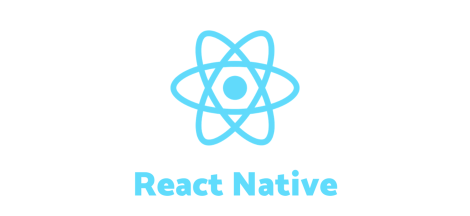You’ve heard of the 10 Commandments, right? Well, there are 10 methodologies for software development. They vary in their complexity and degree of success in terms of the quality delivered by their final products.
Some recent stats say that 80% of successful software development and other regions follow one or more of these 10 methodologies. Find out what these methodologies are, how they work well with each other, and why each might be effective for your project at hand!
Top 10 Methodologies For Software Development
#1 Spiral Development
Spiral development is a methodology that revolves around iterative and incremental improvement. The principle behind spiral development is that successive releases of a product or service should be based on what has been learned from the previous release. This methodology encourages frequent and continuous feedback between stakeholders and team members, which leads to more efficient, effective, and responsive projects.
One of the main benefits of using spiral development is that it helps to avoid premature optimization. By continuously improving upon what has already been released, teams can avoid making features unnecessarily complex or redundant. Furthermore, spiraling through different phases allows for better identification of potential problems and issues early on in the development process. As a result, these issues can be resolved before they become major headaches later on in the project cycle.
#2 The Big Design Up Front
A product or service design project typically starts with a high-level idea or concept. The designer begins by sketching out ideas and concepts on paper, then builds more detailed sketches as the project progresses. The goal is to create a clear picture of what the final product will look like and make sure that all the key features are included.
Once the design is complete, the next step is to develop a prototype. This is a low-fidelity version of the final product that can be used to test how people will use it and to make any necessary adjustments. Once the prototype is ready, it can be tested with users to get feedback and improve the design.
#3 Scrum Development
Scrum is a process-oriented methodology for developing software. It is based on the principle that working products should be delivered frequently and reliably. The main process steps of Scrum are product development, sprint planning, and sprint execution. Product development involves creating a product backlog, which lists the features and tasks that need to be completed to create the product. Sprint planning defines how many scrum teams will work on each feature in a given sprint and determines when each task in the product backlog should be completed.
The advantages of using Scrum include its emphasis on communication, collaboration, and feedback between team members; its ability to handle changes quickly; and its focus on delivering value to customers rather than meeting deadlines alone.
#4 Extreme Programming
Extreme programming is a software development methodology that emphasizes rapid, effective, and efficient delivery of software. It stresses collaboration between developers and customers through collective decision-making, frequent testing, and the use of automated tools.
Extreme programming was created in the early 1990s by Kent Beck and Robert Martin. Beck is credited with coining the term “extreme programming” in 1999. Martin developed the practice of extreme programming into a comprehensive methodology in 2001.
The key principles of extreme programming are:
- Embrace change
- Trust your team
- Trust the process
#5 Incremental Development
Incremental Development is a software development methodology that allows for continual improvement of software products over time. Incrementalism focuses on making changes to the product in small increments, rather than making large changes all at once. This allows for feedback to be gathered and corrected more quickly, resulting in a better product.
One of the central tenets of incremental development is that changes should be made only if they are demonstrably necessary to make the product better. This means that any changes made should be based on careful analysis and testing, not on guesswork or intuition.
Another key principle of incremental development is that changes should be made in a backward-compatible way. This means that the new features added to the product should not break any existing functionality or cause any compatibility issues with other software products.
#6 Waterfall Development
The waterfall methodology is the most popular software development model. It uses a sequential and time-based approach to project management. This process starts with an analysis of the problem, followed by design, development, testing, and deployment. The waterfall model is often used for large projects that require a lot of planning and coordination.
It is a sequential and time-based project management model. The waterfall model starts with an analysis of the problem. This includes gathering information about the project, the target audience, and the business need.
Next, the team begins to design the solution. During development, the team implements the design into a working program. Once everything is finalized, the team deploys the software to a staging environment for final testing. If everything goes well, the software is then deployed to production.
#7 Agile Development
Agile development is a software development method that focuses on delivering high-quality products quickly. The key principles of agile development are:
- iterations (short, frequent deliveries of working software)
- collaborative planning and collaboration among team members
- continuous integration, and continuous deployment
- scrum master to keep the team coordinated and centered
#8 Interaction Design
Interaction design is the process of designing the interface between a user and an application, system, or device. It involves understanding the user’s goals, needs, and intentions and then designing the user interface in a way that allows them to achieve their goals as quickly and efficiently as possible.
There are many different interaction design methodologies available, but the most popular ones include:
- User experience design (UXD)
- Input/output (I/O) design
- Information architecture (IA)
#9 Capability Maturity Model Integration (CMMI)
The Capability Maturity Model Integration (CMMI) is a process-oriented model for software development that helps organizations achieve higher quality and efficiency in their software development processes. CMMI is composed of five maturity levels, with Level 3 representing the highest level of capability.
There are many benefits to adopting CMMI, including improved quality and efficiency; reduced project costs; improved communication and collaboration among team members; and a greater understanding of the project goals. However, not all organizations are capable of using CMMI completely or effectively. Therefore, it’s important to choose the right CMMI implementation methodology for your organization’s specific needs.
#10 Process Improvement and Capability Maturity Model Program (CMM)
The Capability Maturity Model (CMM) is an iterative process improvement tool that helps organizations identify and improve their software development capabilities. The CMM was developed in the early 1980s and has been widely used in the software development community to help organizations assess their current state, identify areas for improvement, and track progress over time.
The CMM adopts a three-phase model: conceptual, operational, and strategic. In the conceptual phase, an organization defines its goals and objectives for software development. The operational phase, the organization implements those goals and objectives by developing specific products or services. In the final stage, the organization evaluates its progress and determines if any changes are necessary to continue improving its capability.
Closing Thoughts
With so many different software development methodologies available today, it can be hard to know which one is right for you. This list of the 10 top most popular software development in Chennai methodologies will help you decide the best way to develop your next project. From agile methodology to waterfall engineering, these ten methods have been proven time and time again to be effective in producing quality software.





 7 Best Part time online jobs without investment
7 Best Part time online jobs without investment
Thanks for sharing. This article provides a comprehensive overview of the top software development methodologies and their unique advantages, helping readers make informed decisions about which methodology to adopt for their projects.